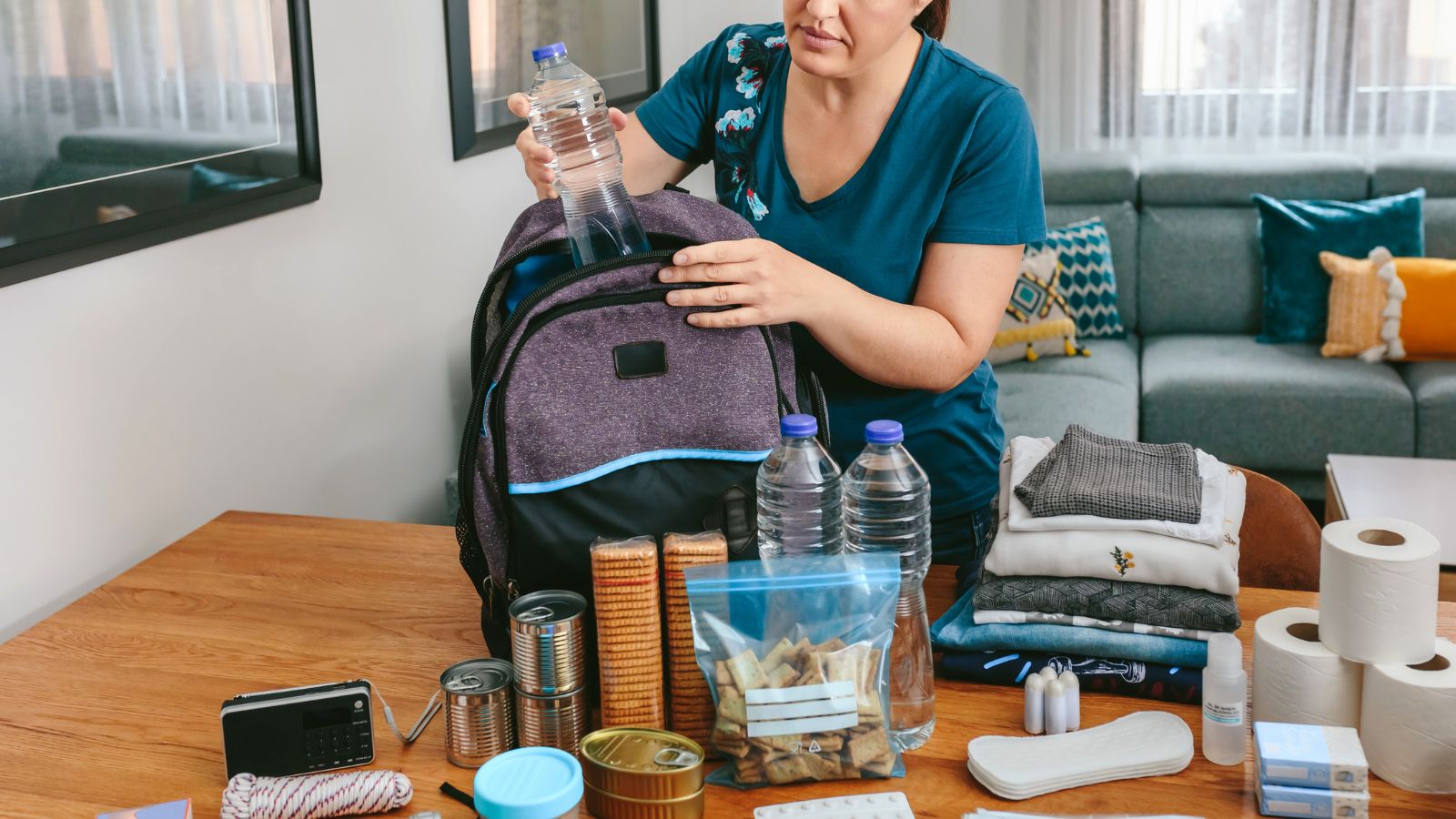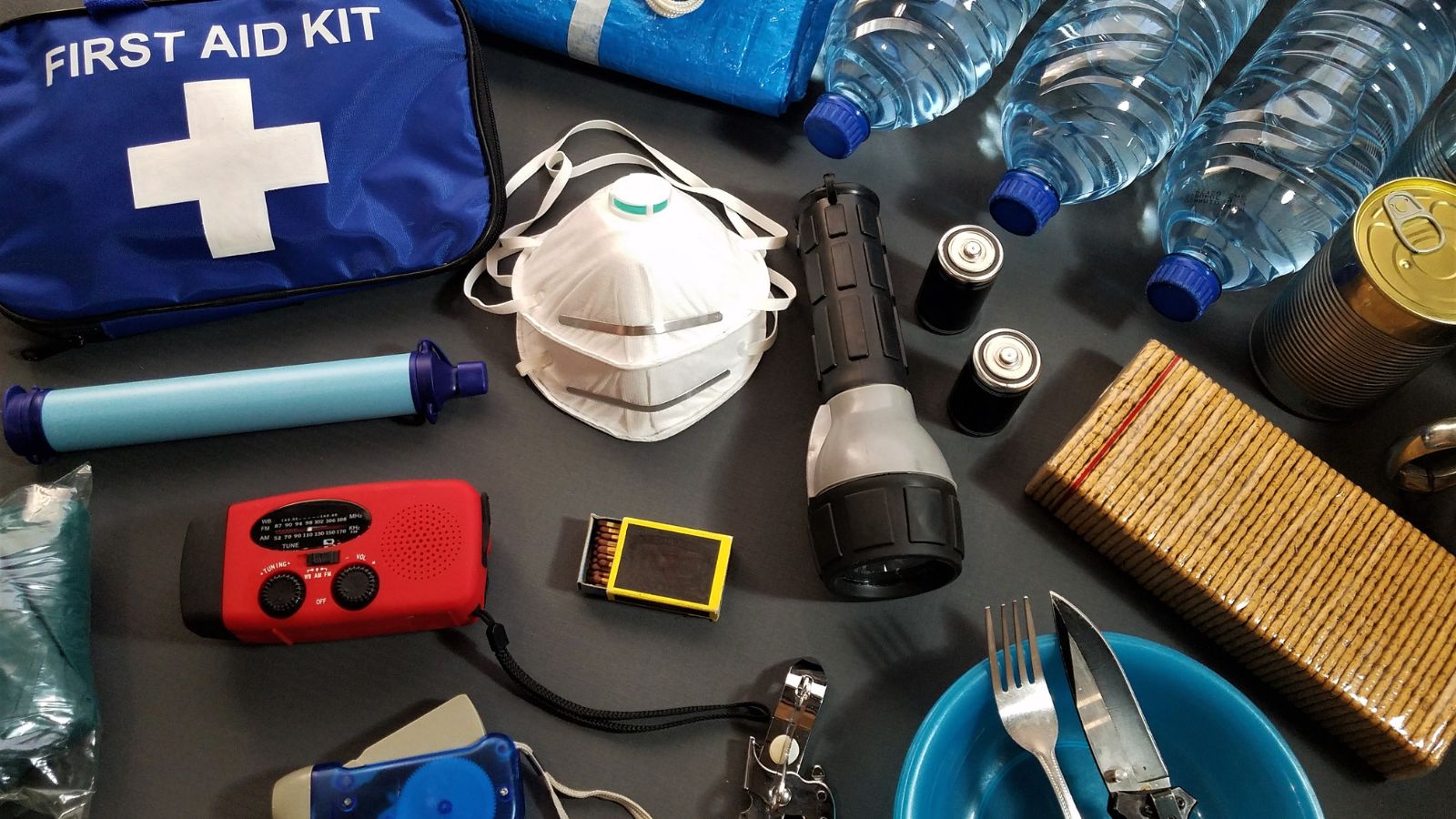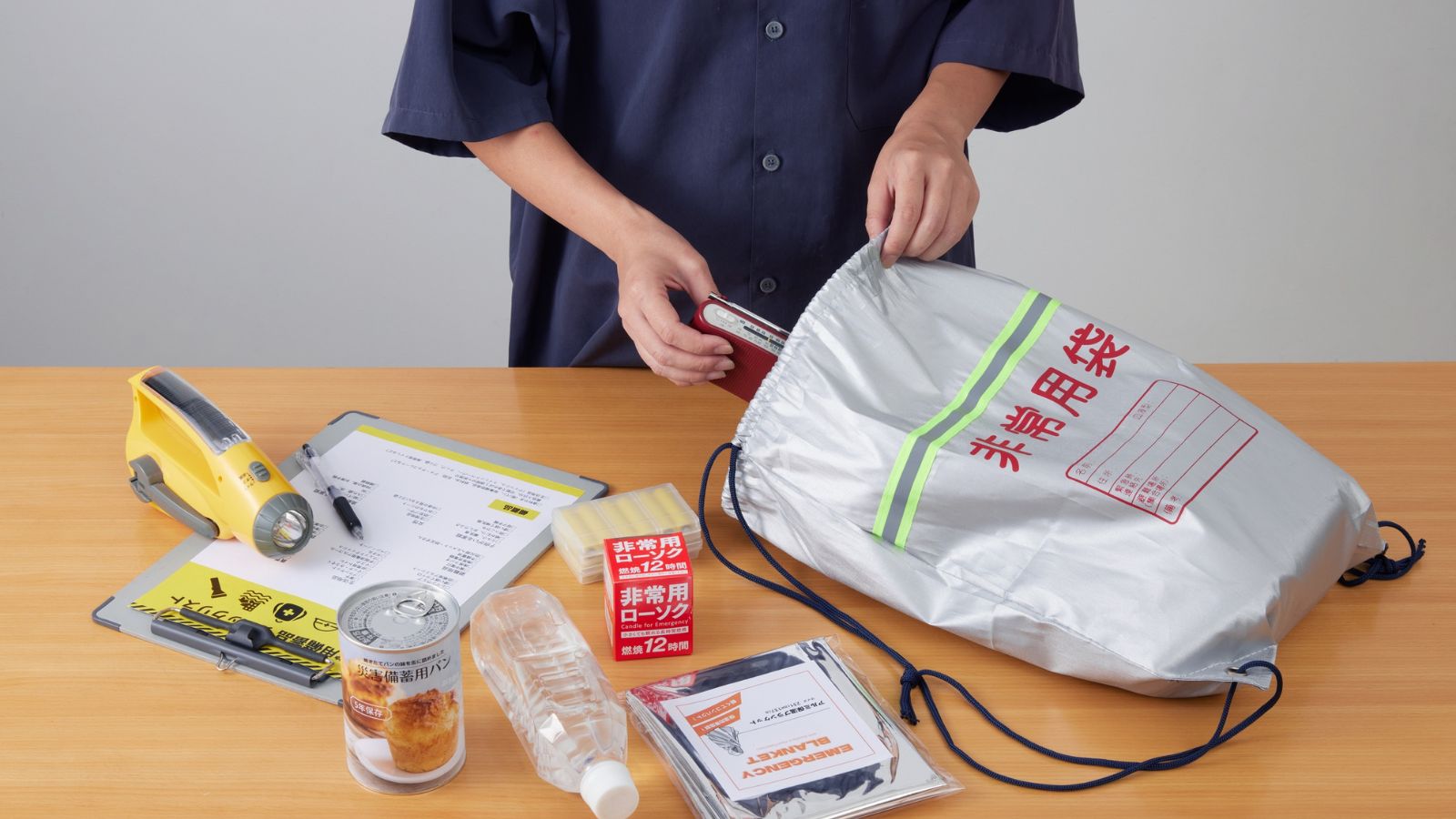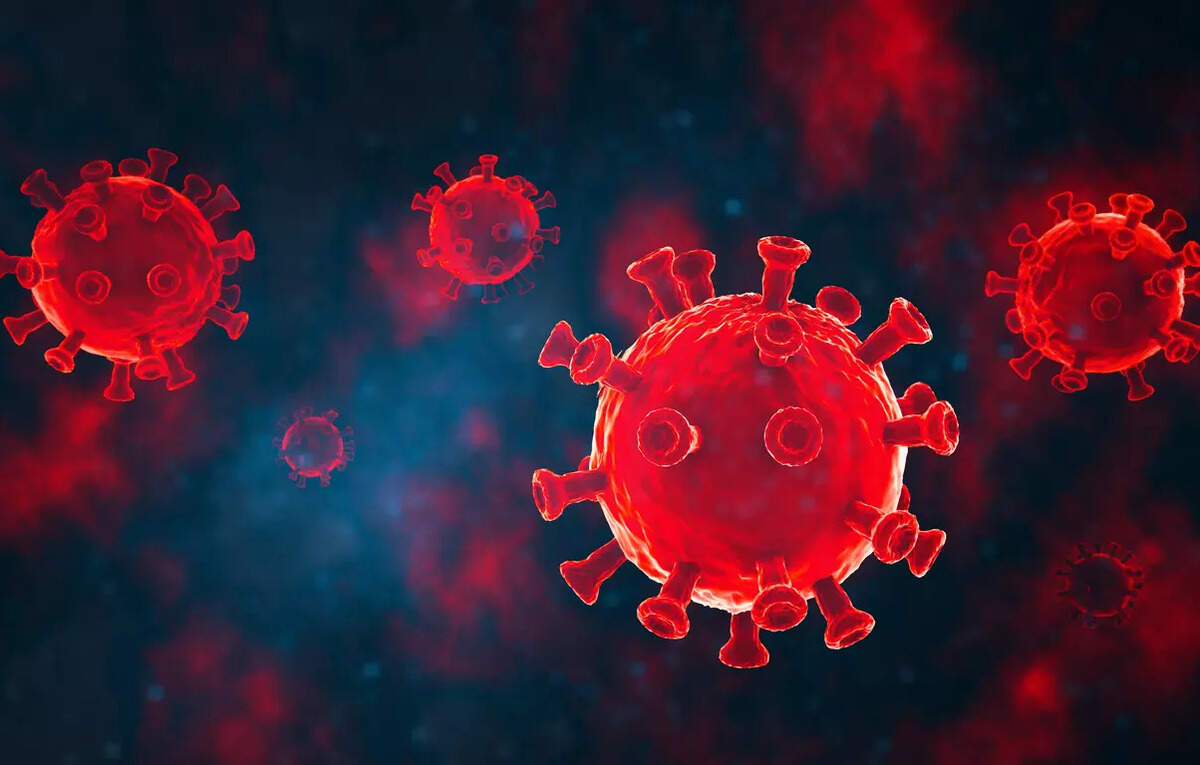Kid-Safe, Mom-Approved: The Emergency Kit Necessities That Keeps Your Family Prepared (And Calm)

There’s nothing you wouldn’t do for your kids, so when disaster strikes, plan your emergency kid accordingly. Cover your basic emergency and safety bases, and the specific needs of your kids. Consider their ages, fears, preferences, and medical needs to secure their safety, well-being, and emotions in a disaster.
Stock your emergency kit with the basics that Maslow would be proud to see. Store clean water in gallon jugs, allotting one gallon per person for at least three days. This may seem like a lot, but water will be needed for drinking, bathing, and food preparation. Large water cooler jugs are an option, but only if you can dispense it. Without a dispenser or secure lid, you run the risk of contaminating your water supply.
Prepare for long-term power outages with a range of illumination options and power sources. A rechargeable LED flashlight easily stows away in your emergency kit and can be recharged once power is available. Get enough flashlights for each family member, so long as they can use one responsibly. Modern flashlights have a range of lumens and settings, which can be fun to play with. Make sure your kids know not to treat their flashlight as a toy or to point it at a person or animal’s eyes.
Pack shelf-stable canned food, dehydrated meal kits, and kid-friendly options like applesauce pouches. Think about your kids’ go-to stacks, many of which are individually wrapped pantry items. While not always the most nutritious, they can provide a sense of normalcy for your kids. Plus, if you’re stuck eating canned food for a few days, the promise of a fruit snack might help.
Diapers, wipes, burp rags, formula, nursery water, bottles, and the list of kid essentials goes on. Whatever you need to cover your kids’ basic needs is what you need to include in your emergency kit. Sanitizing soap, wash cloths, and a wash bucket can all be packed together, reducing the potential for cross-contamination and illness.

Disasters can stir up a lot of dust, which can cause breathing issues now and invite contaminants into the body. Pack child-safe masks like N95s alongside adult-size masks in your kit. Look at the instructions for how frequently you’ll need to replace them and prepare for at least a three-day supply.
Maintain maximum visibility with safety orange or green gear like vests, shirts, and even tape. This bright workwear is highly visible and often features reflective properties or patterning to be easily seen. If you’re trapped, this material can quickly catch the light of a rescue crew’s flashlight. Reflective tape can be attached to non-reflective clothing, backpacks, and your safety structure.
You don’t need traditional jewelry, but you do need identification bands. Inexpensive fill-in bands snap on and are written on with your child’s name, phone number, and allergy information. Pack blank bands and a permanent marker so you’re ready when the need arises.
Put a basic first-aid kit, prescription medications, and any specialty treatments in your kit, too. Cycle out medications every few months to avoid expiration and waste, especially for prescriptions, which can be costly.
Stash tarps, moving blankets, zip ties, nails, and tools for flexible materials that can do almost anything. This list can make a shelter, create a bed, and repair a broken window. Imagine the range of scenarios you’ll need to solve for and pack accordingly.
Your phone may not work in a disaster, and even if it does, your kids might not have one. Include a rechargeable walkie-talkie set with a unit for each family member able to operate one. Keep these units charged and pack a power bank and a solar battery charger to keep communication flowing.
A hand-crank radio will keep you connected to emergency response updates and weather alerts. If the idea interests you, a ham radio hobby might be a great help in an emergency. The ham radio community is very engaged and could offer a means to connect with those outside the disaster zone. Generally, ham radios operate on low power, but a backup power source or generator is ideal.
Pack metal whistles on lanyards for each family member, too. This analog alert gives younger kids an audible projection that their young voice can’t provide. Rehearse a whistle pattern that you agree on and can remember. Most school-age kids will have some familiarity with S-O-S, and if not, it’s quick to learn.

A disaster strikes fast, so it’s nearly impossible, and likely unsafe, to snag your kids’ lovies. However, you can anticipate their emotional needs and pack a set of similar items. Look at the themes of their favorites– a fluffy material, specific character, or certain type of item may be the draw. Cast-off toys are great candidates for this kit instead, as their familiarity may give comfort during a scary time.
Keep kids’ minds off the chaos with things to keep them busy. Little games, coloring books, and age-appropriate books give them something to do other than worry. Include a set of noise-canceling headphones for the kids, which can reduce the unfamiliar noises they may be experiencing.
Older kids will appreciate a blank journal and pen, which gives open space to draw or write. Pack a few magazines, decks of cards, and books appropriate for a range of ages, and a small book light. These small comforts will go a long way to helping your family shoulder the anxiety of the situation.
Planning for an entire family’s needs is a big job, so don’t wait to start. Take time to think about your emergency plan, what emergencies are more likely, and how you’ll respond. Nail down your plan and hold a family meeting to review it and field questions. When everyone is on board, you’ll be ready to put it into action, keeping you and your family safe.










